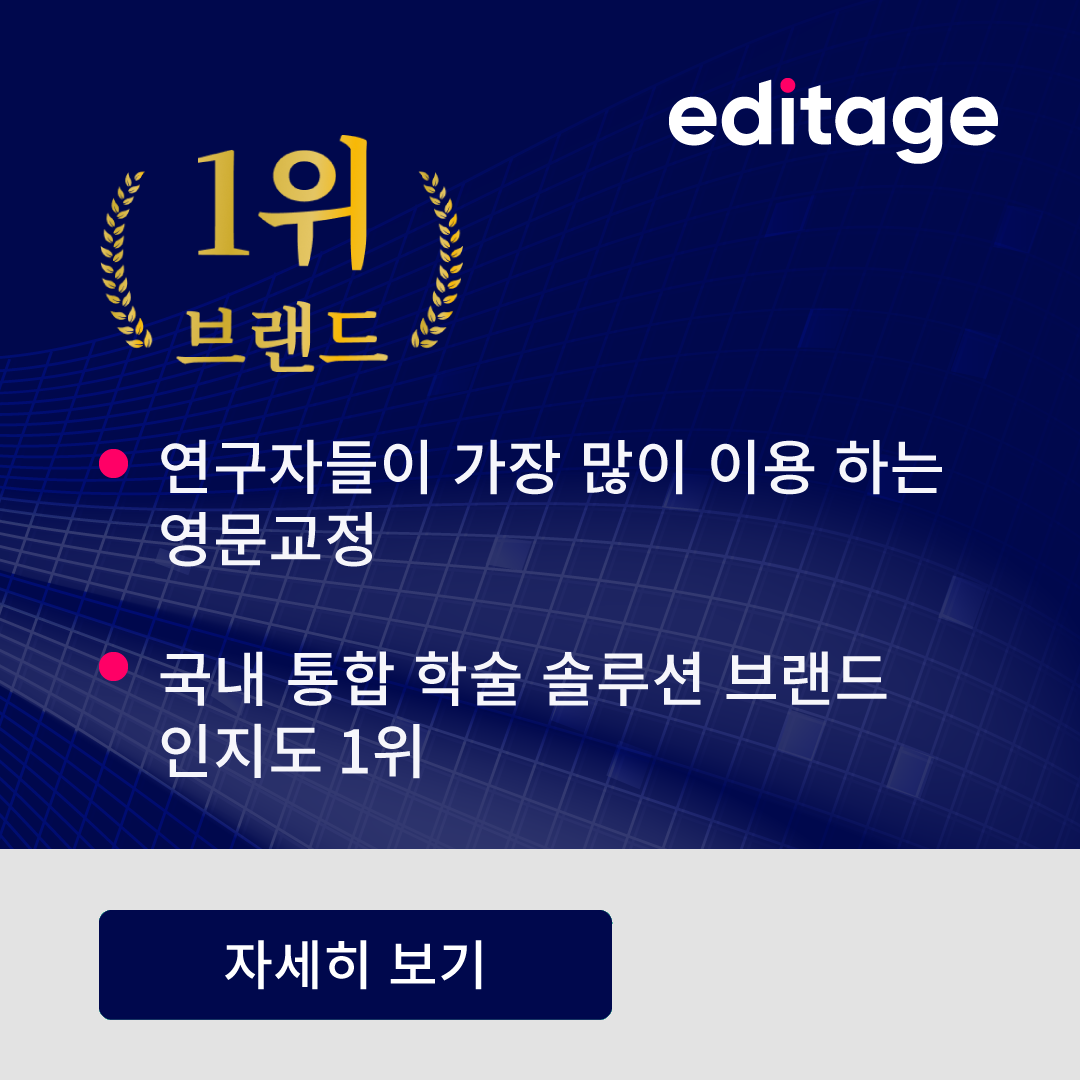The use of figures and tables as adjuncts to text is common in research papers. These adjuncts supplement the text: figures, for example, can convey information that may be impossible to convey through words, and tables can present data more efficiently than text. Readers of research papers know this. In fact, in leafing through a document, readers often stop at tables or figures to get a sense of what the document is about.
Figures, tables, appendixes, and similar adjuncts are numbered and referred to in the accompanying text by their numbers; readers are familiar with this convention and do not need to be specifically asked to consult such adjuncts through explicit instructions. Authors are well-advised to refer to the table or the figure when the relevant finding is mentioned, as in "Seeds germinated faster when incubated at temperatures higher than 25 °C (Table 2)" or "One of the adverse side effect of the drug was skin rash (Figure 6)" and leave the rest to the reader rather than employ such expressions as ""See Table 2," "Refer to Figure 6," and "Turn to Appendix A."











